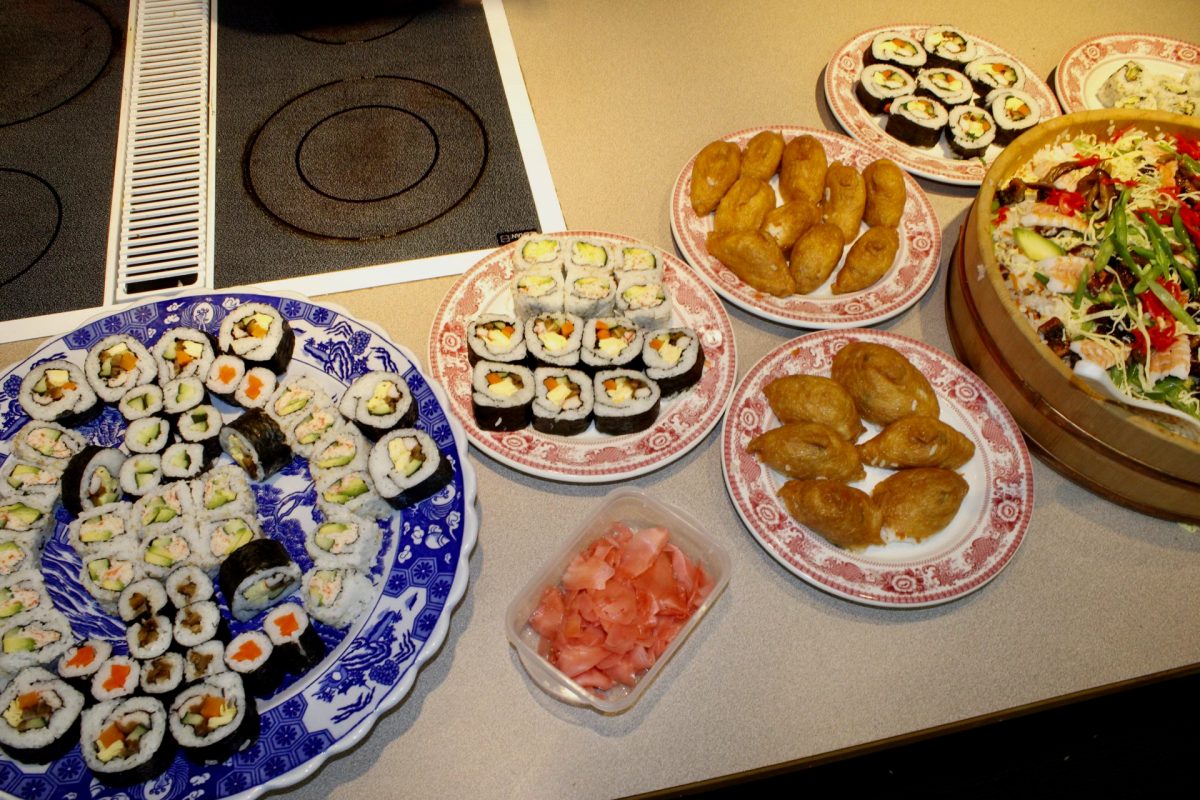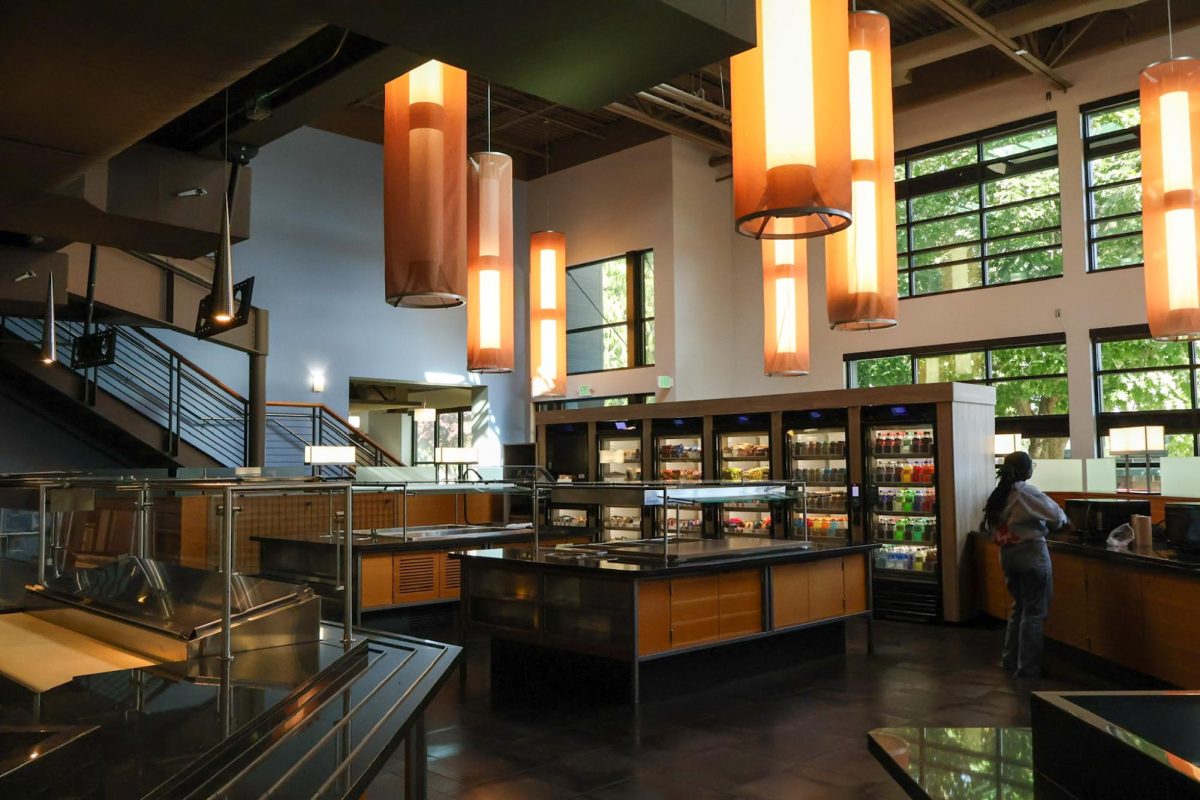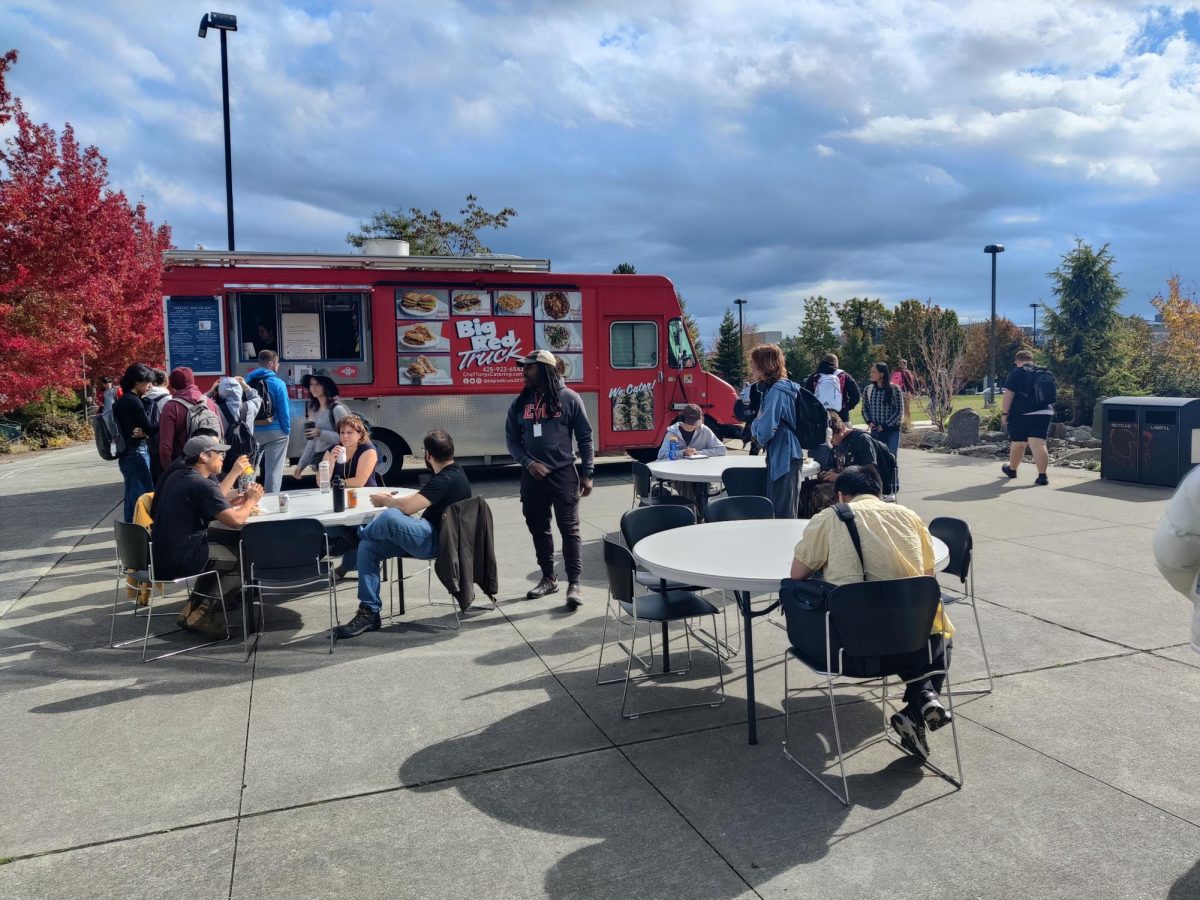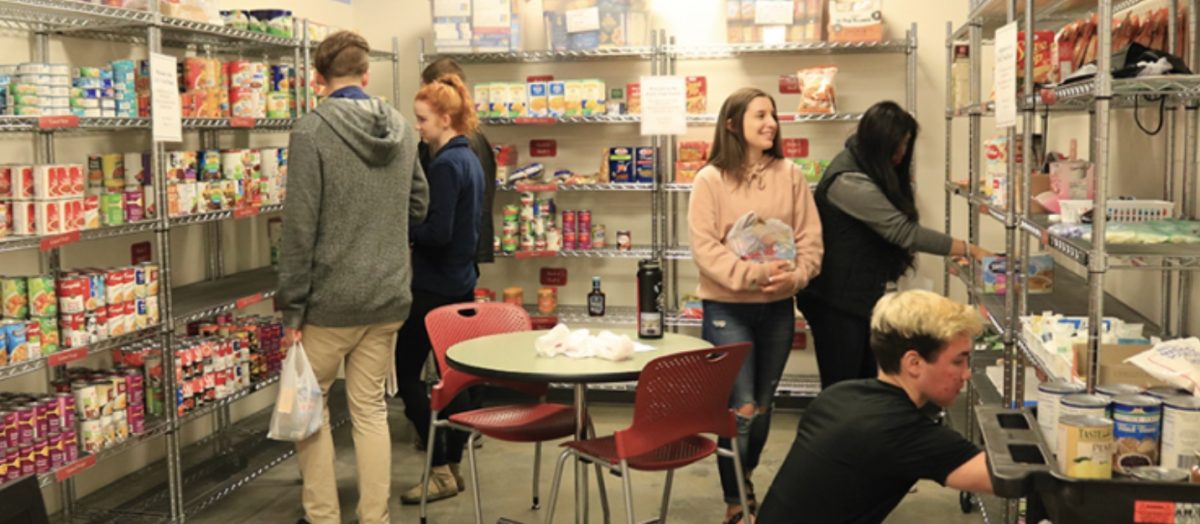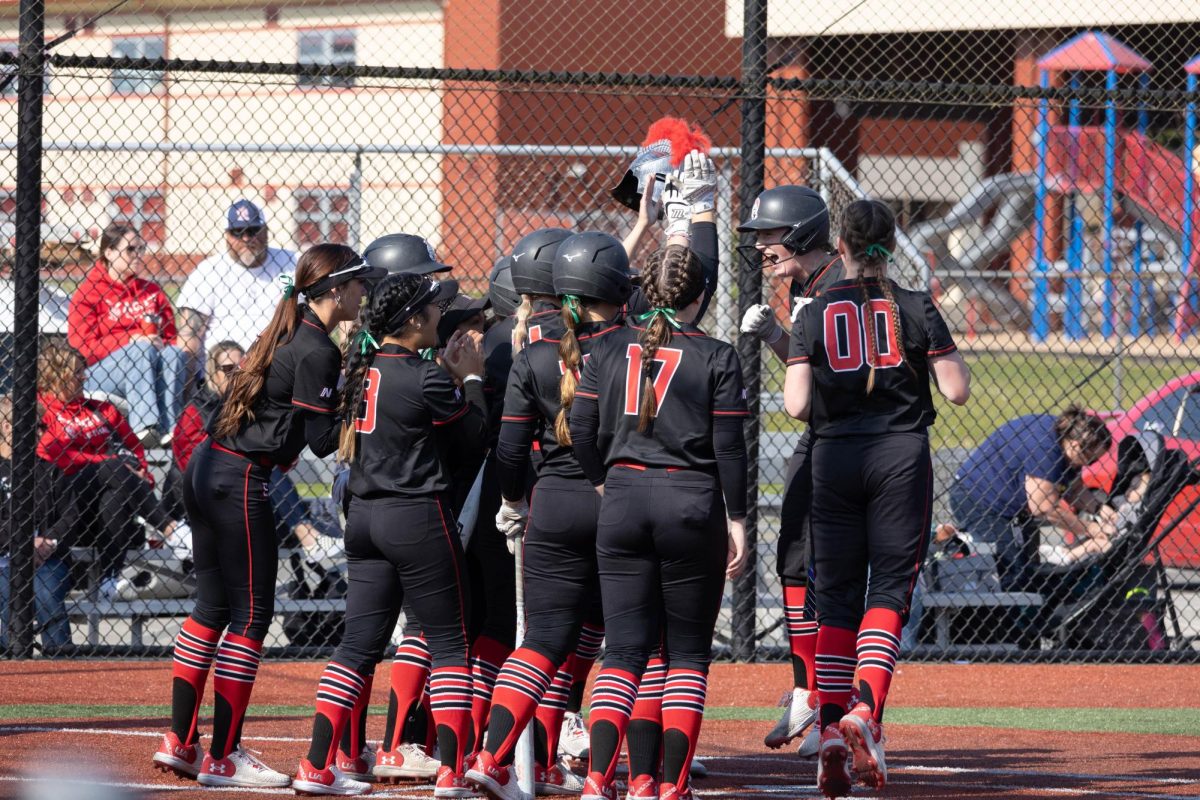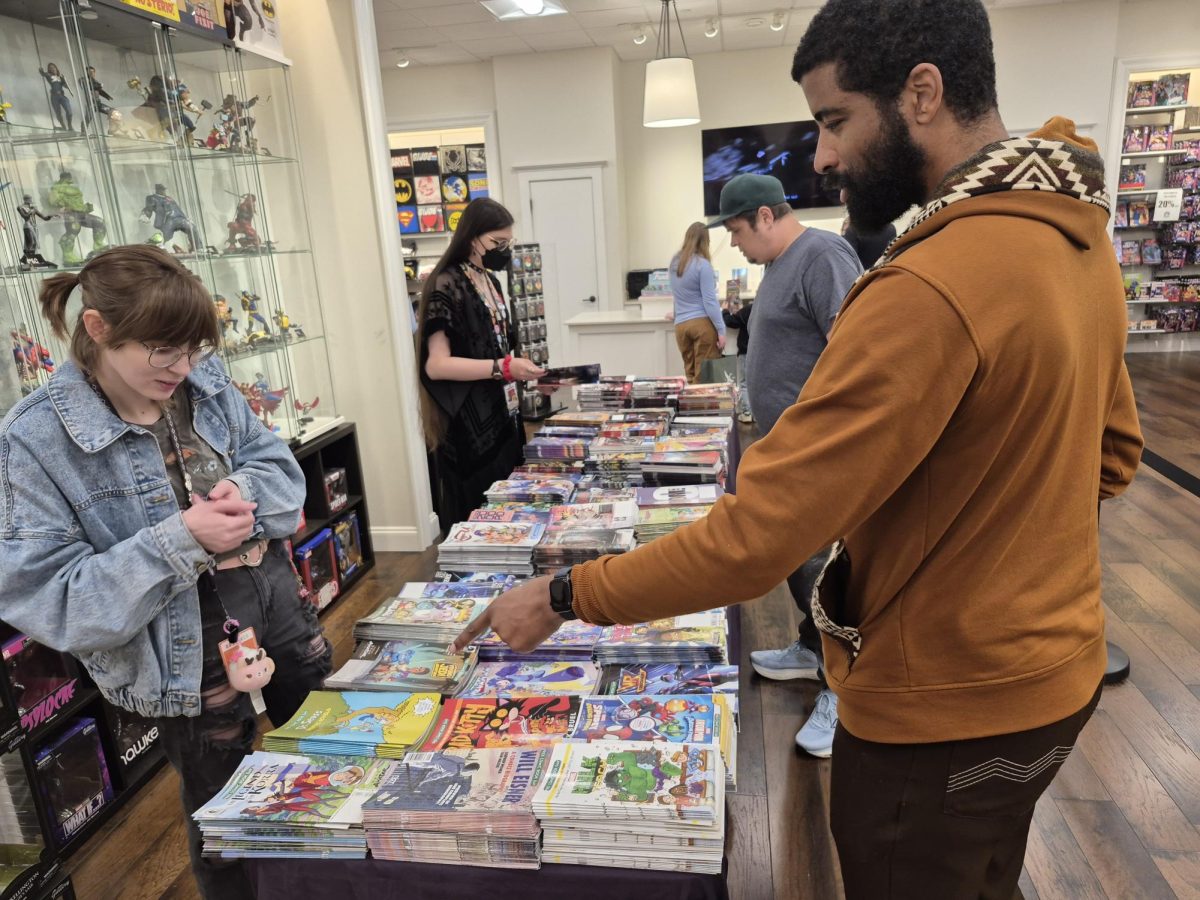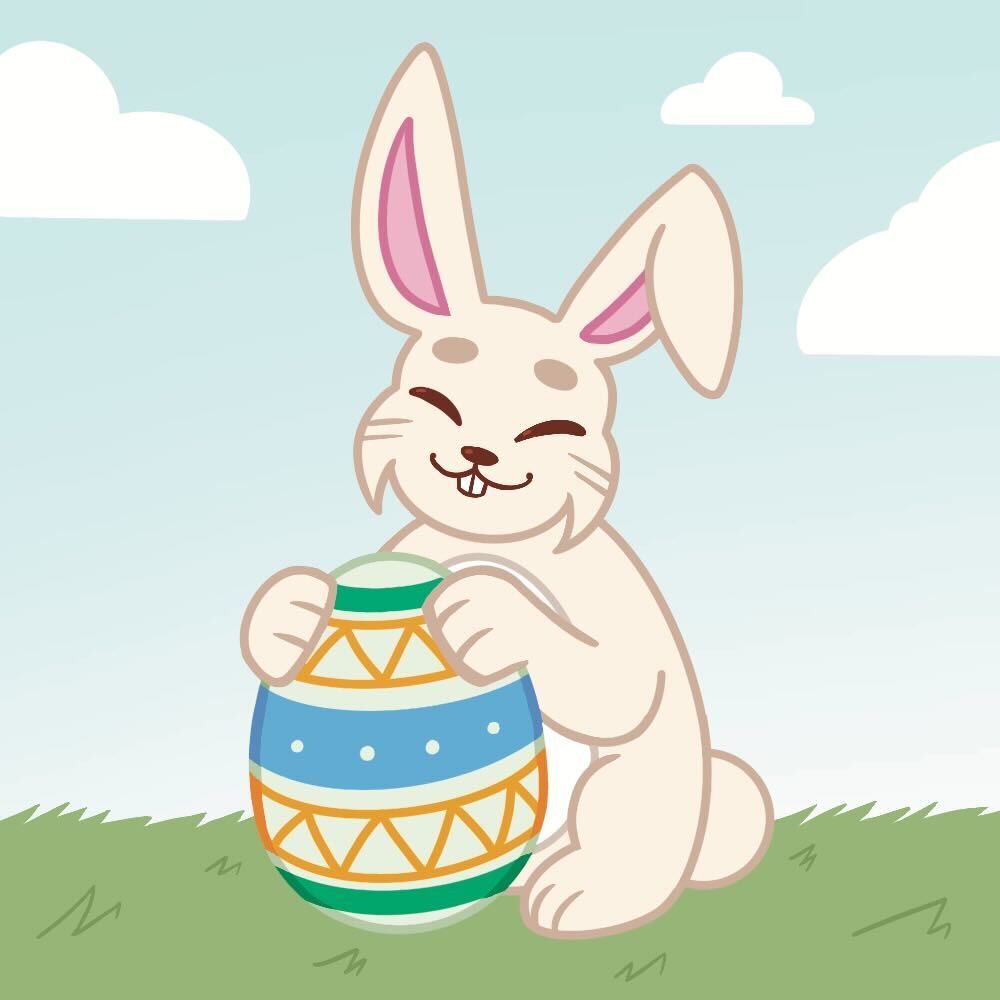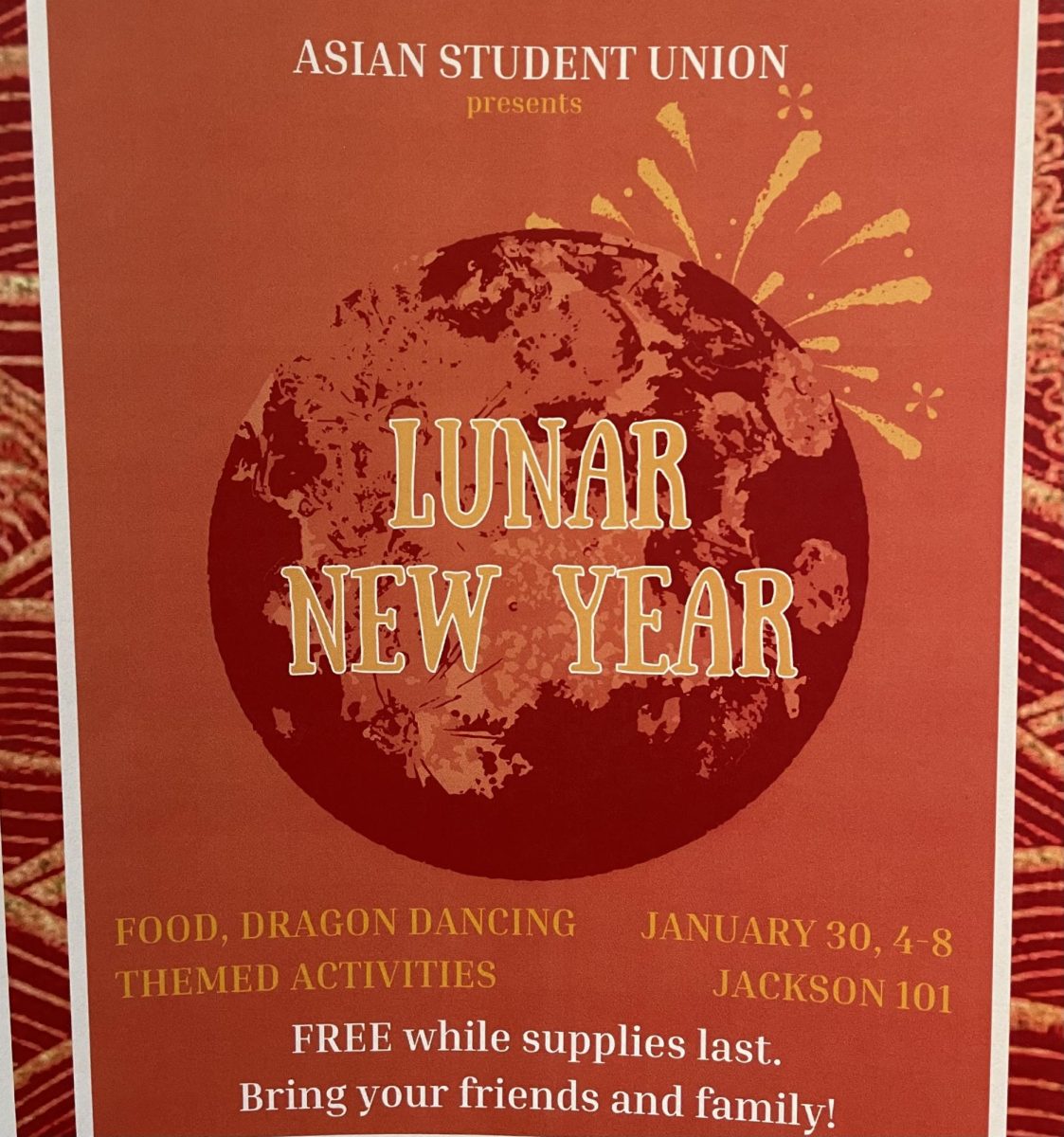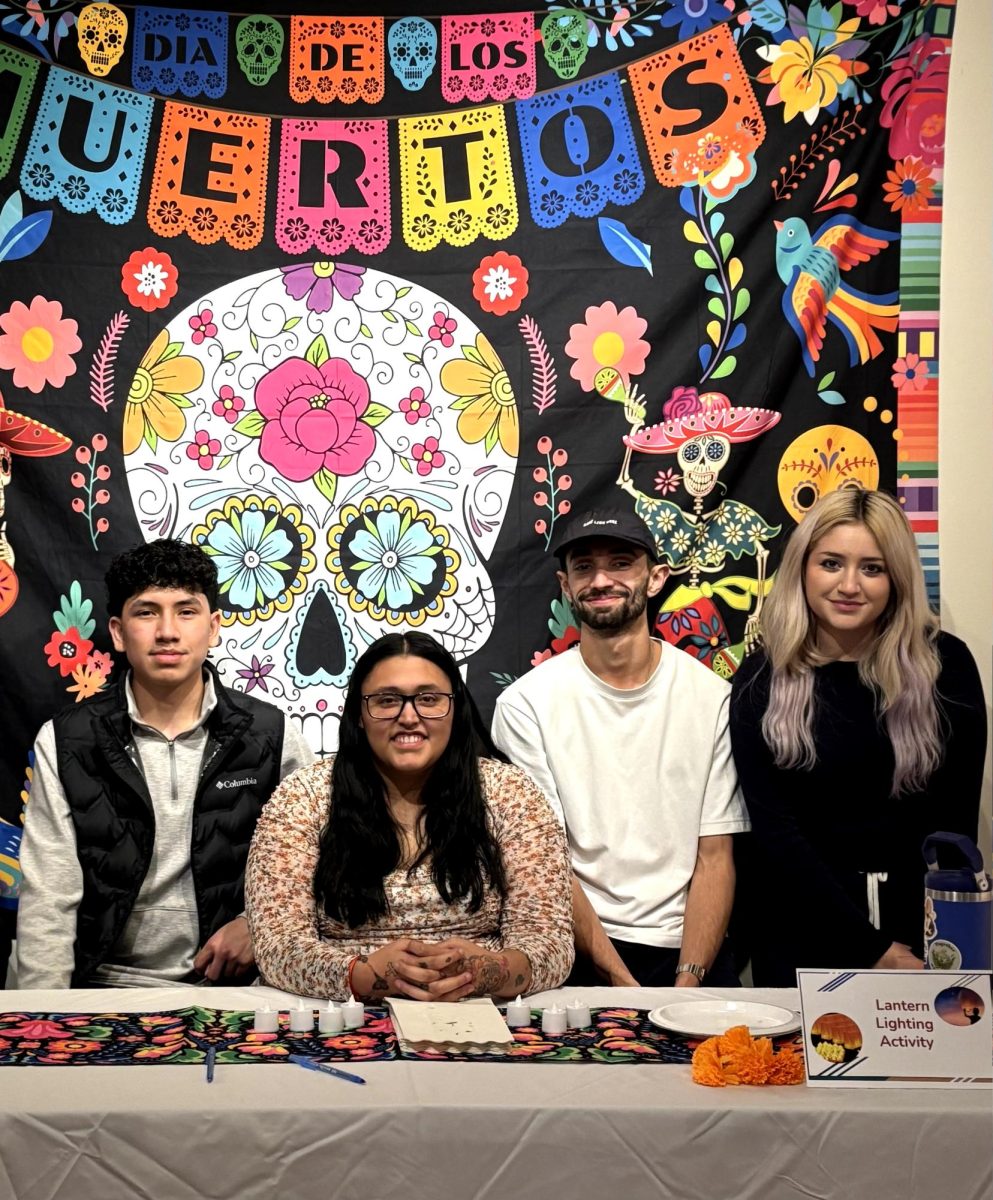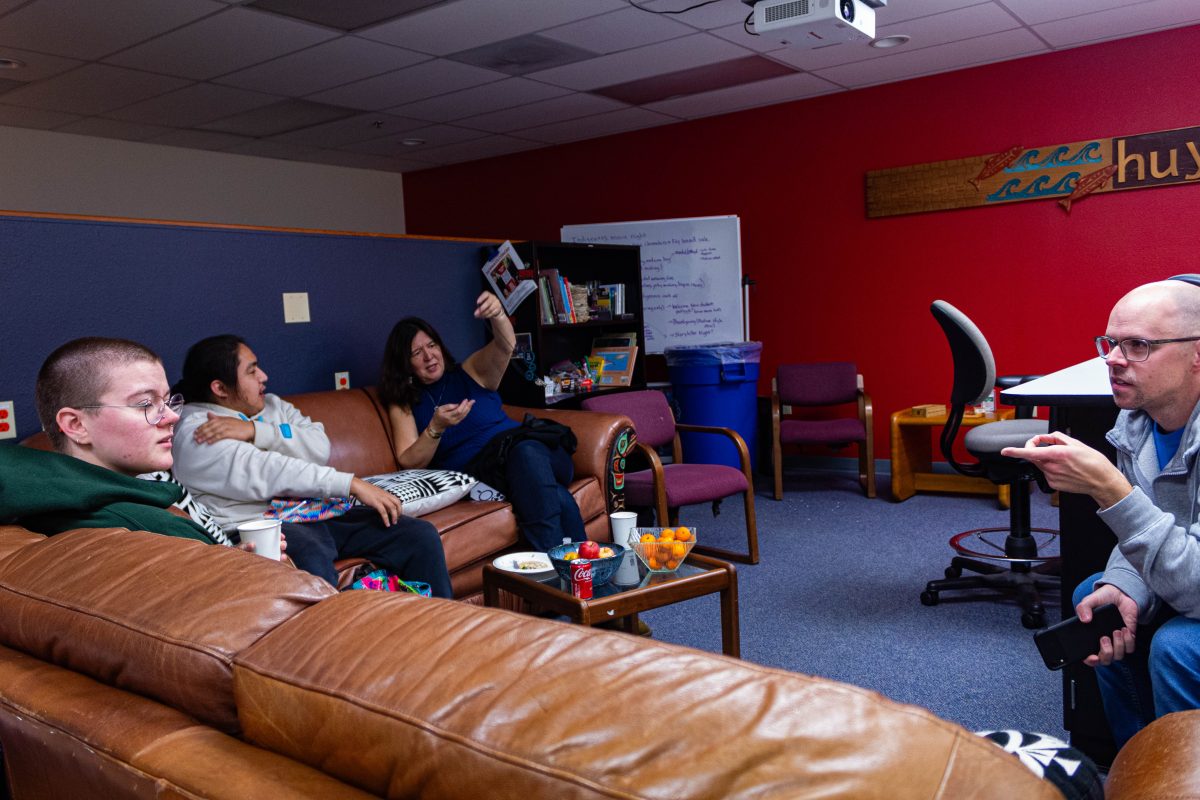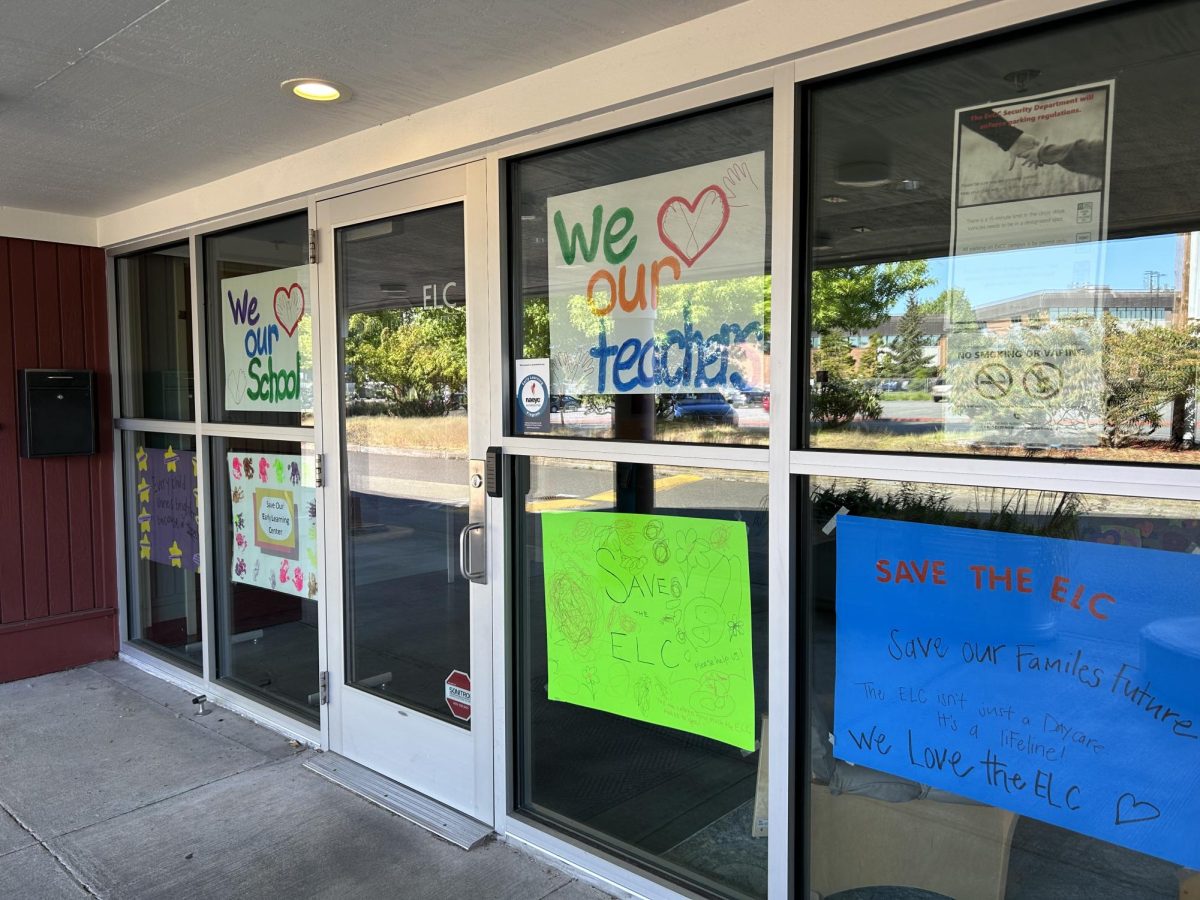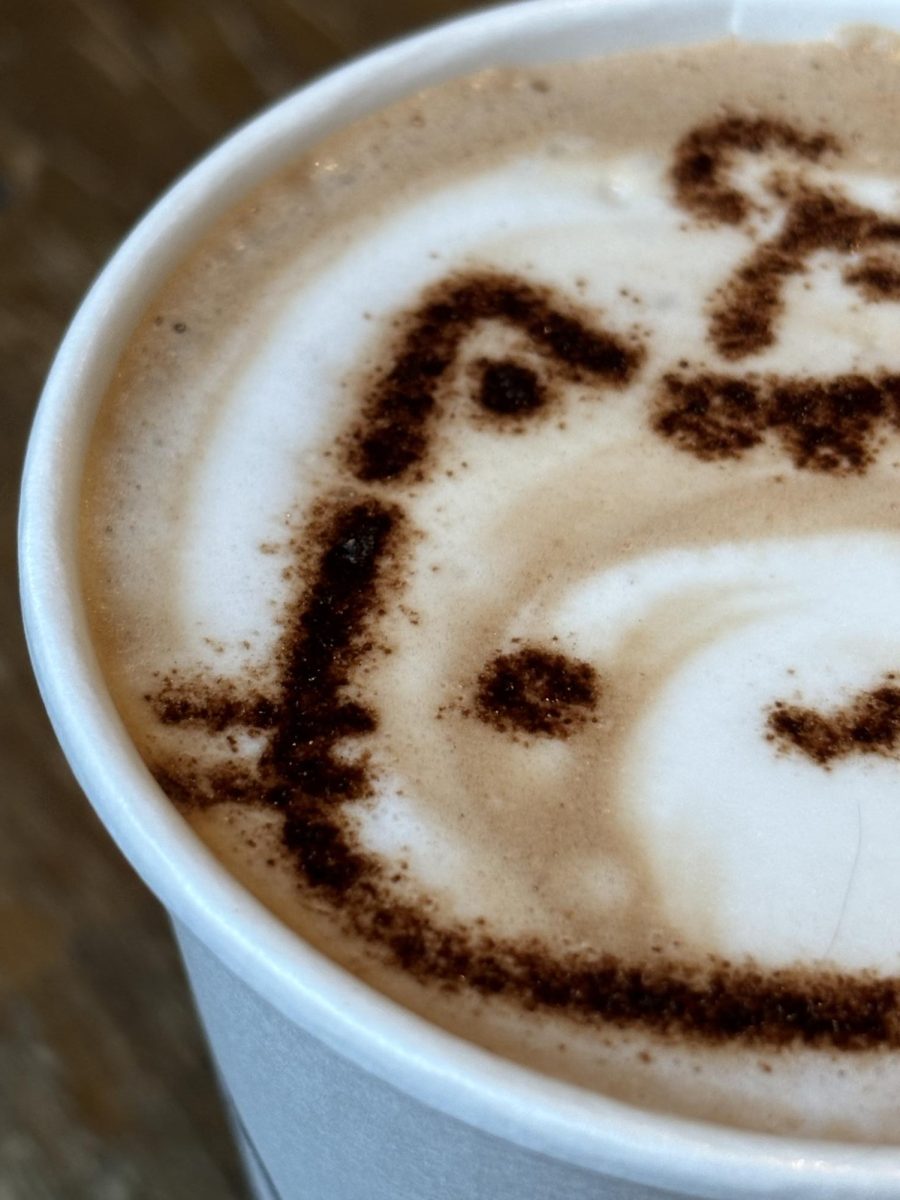Sushi, a culinary staple from Japan, is more than just a meal—it’s a blend of flavor, texture, and tradition. At EvCC, community members gathered at the Japanese Cultural Resource Center on January 28 to learn this intricate craft in a hands-on sushi-making class led by Mr. Asao Sakakibara and Mayumi Smith.
The class offered participants the chance to roll their way through an afternoon of cultural immersion, discovering the artistry behind big rolls, small rolls, chirashizushi, and inari-sushi while gaining an appreciation for the importance of rice, toppings, and seasoning in the process. ”Understanding the ingredients and methods is key to making great sushi,” said Mayumi Smith.
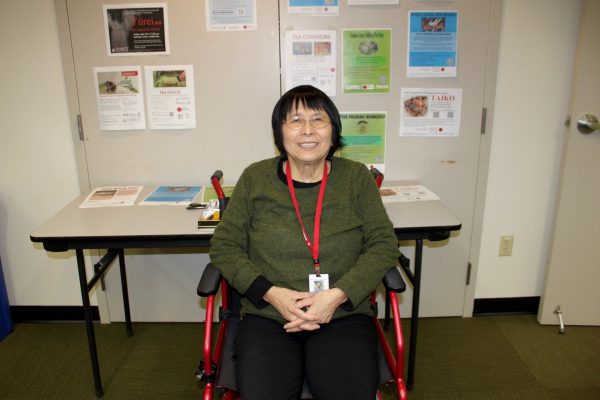
The atmosphere in the room was warm and lively, filled with laughter, conversation, and the occasional playful frustration when a sushi roll didn’t turn out quite right. Participants asked questions, eager to refine their techniques, while others exchanged tips and encouraged one another. There was a genuine sense of enjoyment in the room, not just in making the sushi but in the connections being formed over the process.
Rooted in centuries of history, sushi traces its origins back to ancient preservation techniques. The practice began with fermenting fish in rice to keep it fresh, a method that eventually evolved into the sushi we know today. Over time, sushi transformed from a simple street food into a celebrated cuisine, earning its place as a cultural symbol of Japan.
In Japan, sushi was traditionally a luxury food reserved for special occasions, but today it is enjoyed by people of all walks of life, illustrating its deep connection to both the past and present.
Each component of sushi carries meaning and reflects on Japanese values. The perfectly seasoned rice, for example, emphasizes balance and harmony, while the fresh ingredients highlight simplicity and respect for nature.
The aesthetic presentation of sushi is equally important, as it embodies the Japanese principle of wabi-sabi – the appreciation of beauty in imperfection and transience.
Sushi-making isn’t just about cooking; it’s about understanding these cultural philosophies and applying them through careful, deliberate actions. For instance, the careful placement of fish atop rice symbolizes respect for the ingredients and the natural world. The fact that sushi chefs spend years perfecting their craft shows the importance of dedication, patience, and attention to detail.
In modern times, sushi has become a global phenomenon, bridging cultures and bringing people together over shared meals. Its evolution into various fusion dishes, like sushi burritos or California rolls, demonstrates how the art of sushi-making adapts to fit different cultural contexts. However, the deeper cultural significance of sushi can sometimes get lost in translation as it travels across borders.
This is why events like the sushi-making class at EvCC are so valuable. They offer a unique opportunity for participants to step into the shoes of a sushi chef, learning not just the technical skills but also the stories and traditions that make sushi such an art form. The sushi-making class, led by Mr. Asao Sakakibara, began with a brief overview of sushi’s cultural significance, followed by a demonstration of the basic techniques.
Participants were shown how to properly prepare the rice, select the right fillings, and roll the ingredients into perfect sushi. As the class progressed, the room buzzed with activity—students carefully assembling their rolls, some seeking guidance from Sakakibara while others sharing their personal tricks for getting the rice just right.
The instructors were patient and encouraging, ensuring that everyone felt involved and confident in their creations. The hands-on nature of the class made it easy to see how this event was not just about food—it was about learning, connecting, and sharing in the joy of creating something together. There were moments of light-hearted fun, with participants joking about their “imperfect” rolls, but they were also learning something deeper about themselves through the process.
As participants learn the process, they gain a greater understanding of the skill and dedication that goes into each roll, making the experience all the more meaningful. By introducing people to the artistry behind the rolls, the class aims to cultivate a greater appreciation for Japanese culture while encouraging participants to explore their own creativity.
Whether it’s mastering the technique of rolling a perfect maki or understanding the symbolism of each ingredient, students in the class are immersed in a hands-on journey that celebrates both culinary skills and cultural connection.
Some participants found that the precision required for rolling sushi helped them appreciate the thoughtfulness behind each dish. Others discovered that the process was a form of mindfulness, helping them slow down and focus on the present moment.
Mayumi Smith, the resource center’s director, has been instrumental in Japanese cultural education at EvCC. Originally from Hiroshima, Japan, she studied English and American literature before moving to the U.S. in 1977.
Her passion for cross-cultural understanding led her to help establish the NBI/Japanese Cultural Resource Center in 2010, where she has worked to promote Japanese language and traditions. Through events like the sushi-making class, Smith continues to bridge cultural gaps, offering students a chance to engage with authentic Japanese practices. Her vision for the center has always been to foster greater cultural understanding, and the sushi-making class is a perfect example of how she brings that vision to life.
“It took all together 9 years to create the center and garden from when we decided to create the center in 1995. We collected more than one million dollars in donations. With so many people’s contributions and support, we finally created a center that includes classrooms, a tearoom, a garden, a kitchen, meeting areas, a computer room, and a small library. It is small but very practical and functional, used not only to teach Japanese language and culture but also to conduct exchange programs and events for both Japanese students and the local community.” Smith reflects on the significance of this accomplishment, noting, “It was such a joy for me to finish the project, the creation of the center, both professionally and personally.”
“This JCRC has a mission and this is to promote peace and diversity. And introducing Japanese culture to not only the campus community, but also the community in general,” Smith also mentions.
The sushi-making class, led by Mr. Asao Sakakibara, began with a brief overview of sushi’s cultural significance, followed by a demonstration of the basic techniques.
Participants were shown how to properly prepare the rice, select the right fillings, and roll the ingredients into perfect sushi. As the class progressed, the room buzzed with activity—students carefully assembling their rolls, some seeking guidance from Sakakibara while others shared their personal tricks for getting the rice just right.
The instructors were patient and encouraging, ensuring that everyone felt involved and confident in their creations. The hands-on nature of the class made it easy to see how this event was not just about food—it was about learning, connecting, and sharing in the joy of creating something together. There were moments of light-hearted fun, with participants joking about their “imperfect” rolls, but they were also learning something deeper about themselves through the process.
By learning directly from experienced instructors like Mr. Asao Sakakibara and Mayumi Smith, participants were able to see sushi as more than just a trendy dish—it is an art form that requires patience and precision.
The emphasis on properly seasoned rice, fresh ingredients, and careful rolling techniques reflected the Japanese philosophy of mindfulness in food preparation.
Through this hands-on experience, attendees gained not only a new skill but also a deeper understanding of the values that shape Japanese cuisine. For example, many participants commented on how the class deepened their respect for the ingredients, making them realize how something as simple as a piece of fish or a grain of rice can be elevated to something extraordinary.
Events like the sushi-making class at EvCC help bridge this cultural gap, allowing participants to engage with the tradition in an authentic way. By focusing on the essence of sushi-making, participants were reminded that the art form is about more than just flavor—it’s about fostering a deeper connection to the culture from which it originates.
It was clear that the class had been more than just a lesson in sushi-making—it was a shared experience that brought people together. The atmosphere in the room was warm and lively, filled with laughter, conversation, and the occasional playful frustration when a sushi roll didn’t turn out quite right. Participants asked questions, eager to refine their techniques, while others exchanged tips and encouraged one another. There was a genuine sense of enjoyment in the room, not just in making the sushi but in the connections being formed over the process. As one participant said, “It’s not just about making sushi—it’s about learning and appreciating a whole new culture.”
I asked Smith what she hoped participants would take away from the experience beyond the sushi-making skills. “I hope they are going to continue to learn more because Japanese culture is very steep and big, and hopefully they are going to continue to learn more,” she shared.

